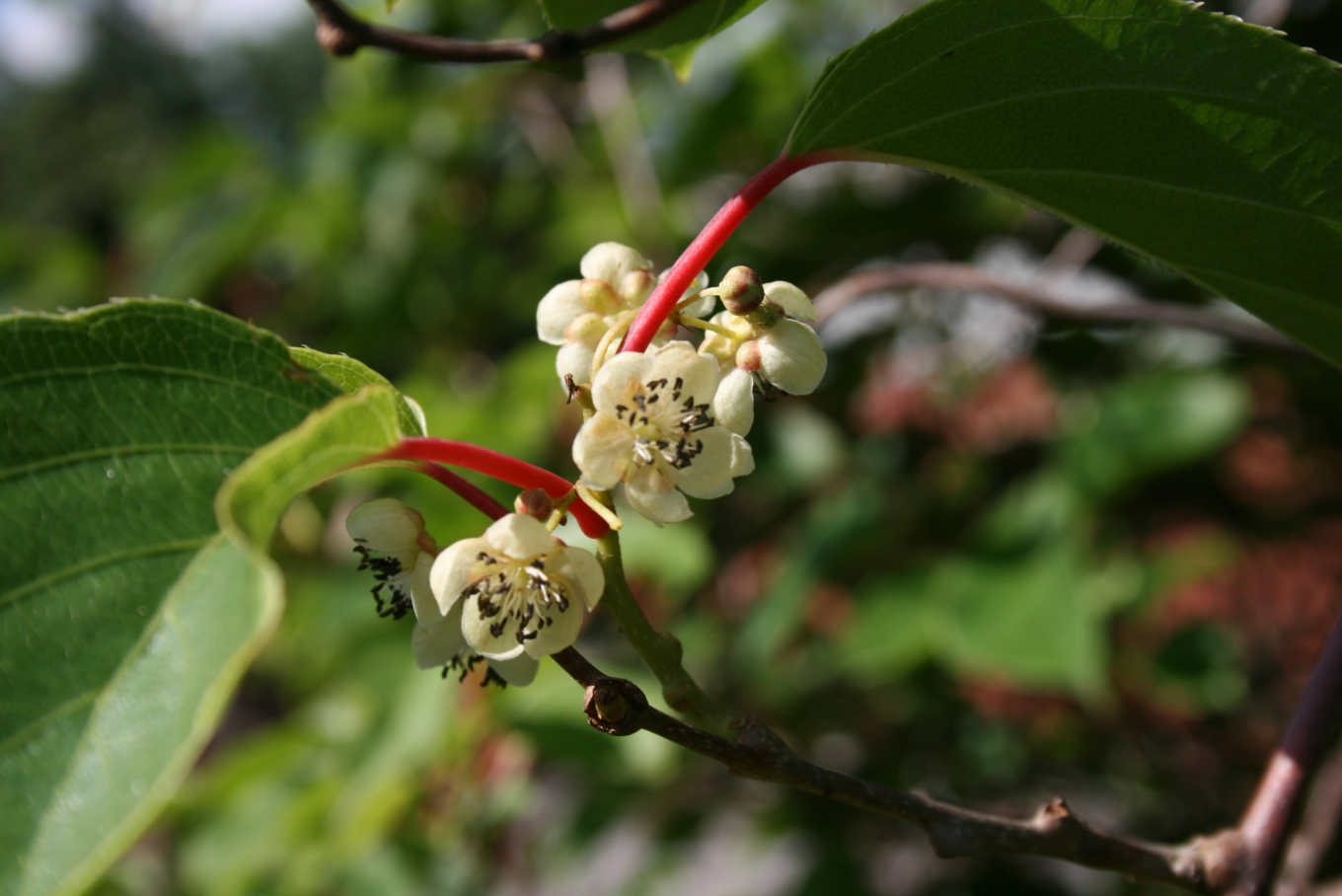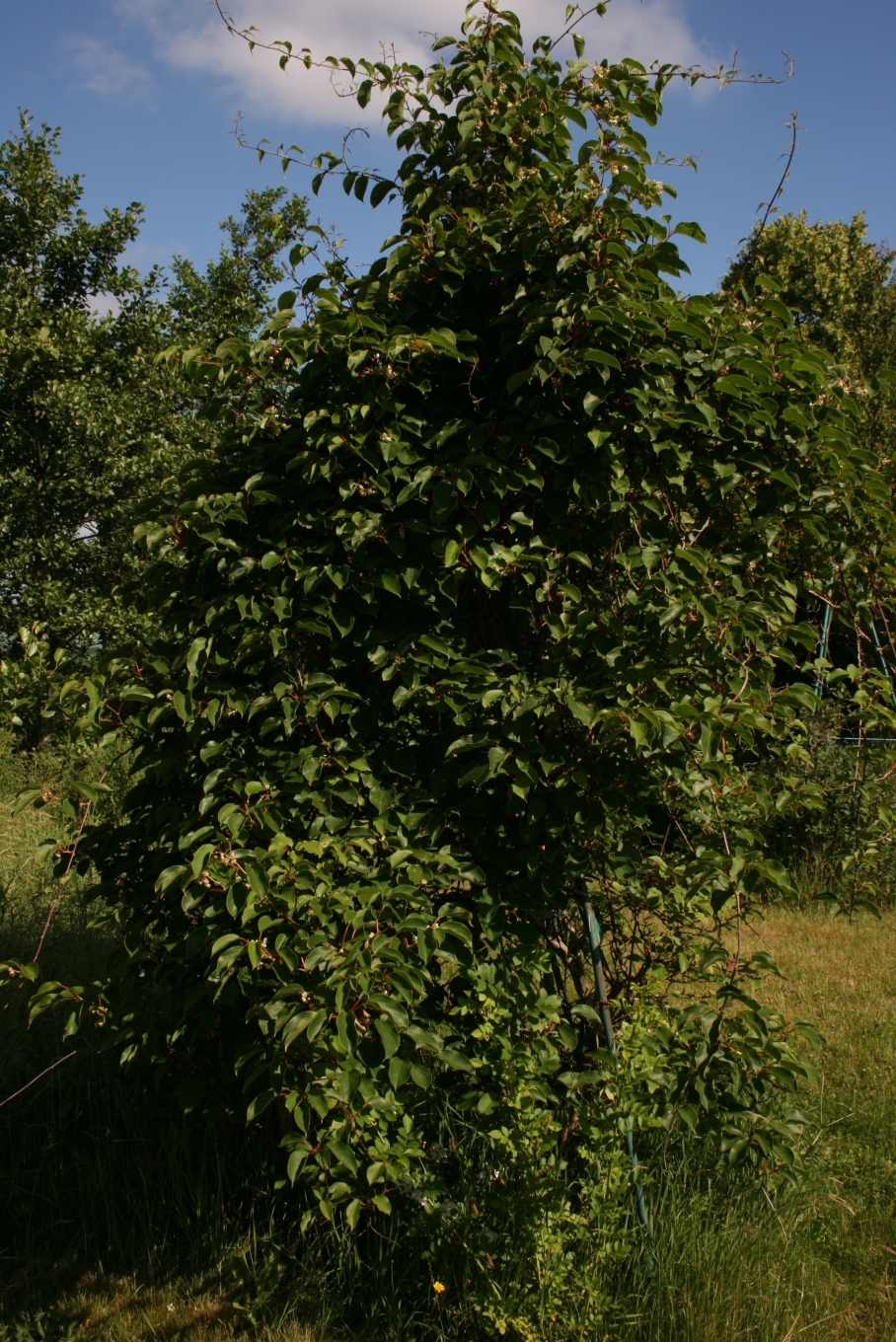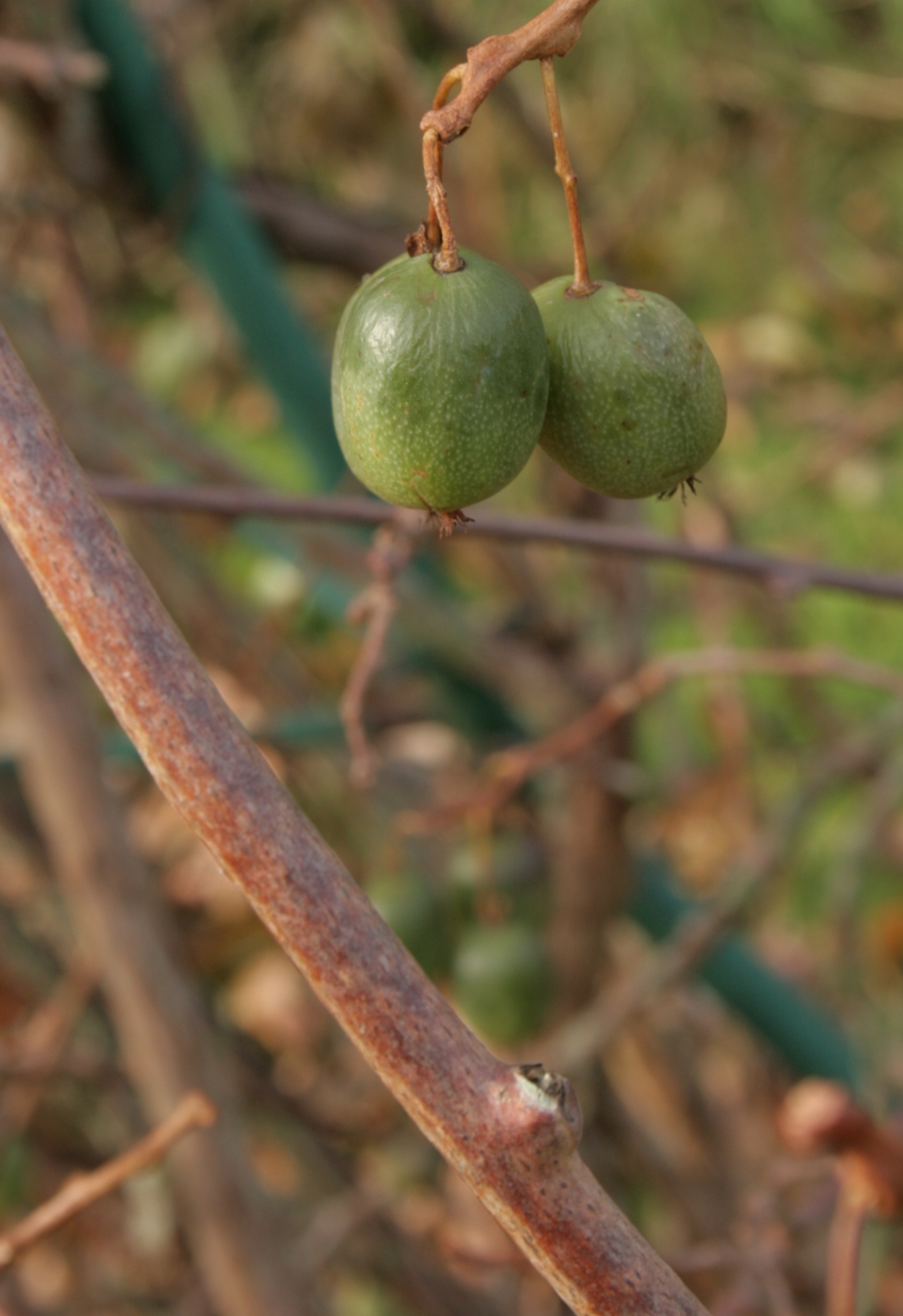Kiwiberry, a nutrient-dense fruit native to Australia and New Zealand, is known for its tart sweetness and succulent texture. As the name suggests, it is similar in size and shape to the kiwifruit.

Soil composition and ph levels for Kiwiberry
Soil composition and ph levels are important for successful Kiwiberry cultivation. Soils with a texture ranging from loam to sandy loam are ideal, as these types allow for sufficient drainage and aeration.
Soils should have a pH balance of 5–7, as higher or lower pH levels can interfere with nutrient uptake by the plant’s root system.
Adding composted materials to enhance soil quality and fertility is recommended, but care must be taken not to add too much nitrogen-rich material, which will produce robust top growth at the expense of fruiting.
Watering Kiwiberry
Watering kiwiberry is an important activity in cultivating a healthy kiwiberry plant. Watering should be done in the morning, to give the plant time throughout the day to absorb moisture.
Water dropped onto the leaves will cause burns if they’re exposed directly to sunlight, so it’s best to water near the base of the plant and avoid wetting its foliage.
Water until it runs out of the bottom of the pot or container. This ensures that all of the soil has been moistened and will provide enough hydration for your kiwiberry through its’ growth stages.

Are there flowers in Kiwiberry?
Yes – these fruits come from small white flowers with five petals that have reddish-purple anthers.
Depending on the cultivar, the flowers will bloom from May through August, after which they grow and ripen over several months until they can be harvested at their peak of flavor.
Does Kiwiberry produce fruits?
Does Kiwiberry produce fruits? Yes, it does. The berries produced by Kiwiberry are known to be larger in size than the usual kiwi and have a sweeter flavor.
These berries are oval in shape and can be eaten raw or cooked into a variety of dishes. Their thin skin allows them to ripen quickly, making them perfect for desserts or snacks.
Moreover, they are highly nutritious and provide essential vitamins and minerals. They are also rich in antioxidants which can help boost your immune system.
Thus, with all these benefits of getting to enjoy delicious fruits while promoting good health, Does Kiwiberry production is a worthwhile endeavor indeed?
Propagation of Kiwiberry
Propagation of Kiwiberry is a process in which new plants are grown from existing plants.
Propagation of Kiwiberry can be achieved through four main methods: layering, seed sowing, sucker division, and cutting. Propagating plants through layering results in the fastest and most successful way to establish more fruit-bearing Kiwiberry plants as it involves rooting stems while still attached to the parent plant.
Propagating through seeds requires extra soil preparation and may take longer for fruits to begin growing on a mature vine. Propagating through suckers or cuttings is also popular methods for increasing numbers of plants; however, both require greater investment of time in that cuts need to be sourced from existing vines.
Propagating Kiwiberry offers many benefits such as cost savings, increased yields, and regenerative agriculture practices that can enhance soil health over multiple season cycles.

Pests and diseases in Kiwiberry
Pests and diseases are an ever-present threat to Kiwiberry, a unique kiwifruit species. Pests including mealybug, thrips, and caterpillar can cause damage to buds, flowers and the foliage on young plants.
Meanwhile diseases like Pestalotiopsis fungus and Phytophthora root rot can infect fruit development—resulting in production losses, diminished quality and discolored fruits.
Cross contamination from nearby orchards should also be monitored since it can spread pathogens across a single location or region.
The importance of keeping pests and diseases under control is crucial for those growing Kiwiberry before harvest and export.
Irritation to pets from Kiwiberry
Irritation to pets due to Kiwiberry is a growing concern among pet owners. Research links the plant extract, which is used as an ingredient in many common products, to skin inflammation, hair loss and itching in domestic animals.
Veterinarians have recommended that pet owners be mindful of the presence of Kiwiberry when selecting pet care products, as it can result in severe discomfort for animals.
With its usage becoming more common, people are urged to avoid any potential risks that may arise from using Kiwiberry products on their pets.
Varieties of Kiwiberry
Kiwiberries are a popular, nutritious nutriment. Varieties differ based on size, species, and origin. Varieties consist of Baby Kiwi, Arctic Beauty, and Hardy Kiwi. Each variety brings its own unique flavor and texture to the palate, ranging from tangy to sweet.
Baby Kiwi is small in size but big in flavor with a tart taste and smooth flesh. Arctic Beauty is quite large in comparison to other varieties and has a slightly sour taste.
Finally, Hardy Kiwi packs an even sweeter punch with a similar texture to the Baby Kiwi. Regardless of which type you choose, you will be sure to enjoy this delightful snack!

Growing Kiwiberry in containers and pots
Growing Kiwiberry in containers and pots can be a great way to add fruit to your backyard garden space. Growing these unique fruits offers numerous benefits, including the ability to control soil moisture levels more easily, protect from wind and cold weather, and even have a more consistent crop size each year.
Containers and pots also have better drainage characteristics than planting fields, so that plants get the right nutrients to produce plump and flavorful kiwiberries.
Growing in containers and pots also gives you the flexibility to go anywhere with your plants — from balconies or patios to gardens large or small.
Caring for Kiwiberry
Caring for Kiwiberry is both simple and rewarding. To ensure the healthiest crop, locate your Kiwiberry in an area that receives at least 8 hours of direct sunlight each day and evenly moist, well-drained soil.
Prune the plants annually to maintain shape and vigor, giving special attention to dead or damaged branches. Fertilize every two weeks with a balanced fertilizer specifically designed for blueberry plants during the growing season.
Tasks such as training vines to trellises and mulching will improve plant health and control weeds. Crop protection measures are always recommended to maintain a healthy pepper fruit crop; choose pesticides carefully paying particular attention to instructions for use in Kiwiberry agriculture.
Companion plants for Kiwiberry
Companion plants for Kiwiberry include erect shrubs such as winter and summer savory, catmint, rosemary, and dill that can act as protective barriers between Kiwiberry plants and weeds.
Companion plants for Kiwiberry should not be heavily pruned and should be spaced at least 2 feet apart so that they do not compete with the kiwi plant for nutrients. Furthermore, kiwi vines can benefit from companion planting with a clover cover crop or other soil-building cover crops.
These living mulches suppress weed growth while adding vital organic matter to the soil. As an added bonus, companion plants can help attract beneficial insects to the area, making them a great addition to any Kiwiberry garden.

Planting and spacing for Kiwiberry
Planting and spacing for Kiwiberry is important in order to optimise crop yields. Planting should occur at a depth of 20cm, maintaining 120-150mm between plants in a row and 2m between rows.
Plant density should be determined by the pruning system adopted by an individual grower, with 4-6 main trunks per plant being preferred if vertical growing systems are adopted.
Plant support should also be constructed with trellising commencing soon after planting. Understanding and following these critical requirements will ensure the success of any Kiwiberry orchard.
Best planting time for Kiwiberry
One of the best times to plant kiwiberries is in the late autumn months. This gives the plants enough time to grow and establish themselves before winter sets in fully.
Planting kiwiberries when temperatures are still mild and days are still long enough for growth allows for a healthy crop come harvest season. In addition, planting late autumn will ensure that during the upcoming winter there will be sufficient time for any needed maintenance and pruning of your kiwi berry vines.
When planted correctly, fall-planted kiwi berries can have an abundant harvest, especially if given a head start during spring and summer to follow up on their already established growth from the previous year.

Benefits of Kiwiberry
Kiwiberry, native to China and Korea and also known by its scientific name Actinidia arguta, is highly nutritious and provides an abundance of health benefits.
Rich in antioxidants inhibitors, it has been linked to the prevention of cancer and heart disease. A single kiwiberry contains about seven times more Vitamin C than a kiwi fruit, as well as minerals such as potassium, magnesium and fiber.
They can be eaten raw or in pies, jams and jellies for a delicious treat. Furthermore, eating kiwiberries helps bolster the immune system due to their high content of vitamins A, E and B12.
Additionally, regular intake of kiwiberries assists in managing healthy blood sugar levels while providing essential nutrients like Omega-3 fatty acids to promote overall health.
How long to grow Kiwiberry?
Kiwiberry is a cold-hardy, fast-growing fruiting vine that, in ideal growing conditions, produces its first crops within 15 to 20 months after planting. It’s a vigorous, twining vine and reaches full size of 8 to10 feet when supported by a trellis or other structure.
Planting can be done in late spring through fall outdoors and winter indoors with care. As long as the soil has good drainage kiwiberries can produce for up to twenty years!
Depending on location, the harvesting season lasts through September into October providing an extended harvest that many backyard growers find rewarding.
